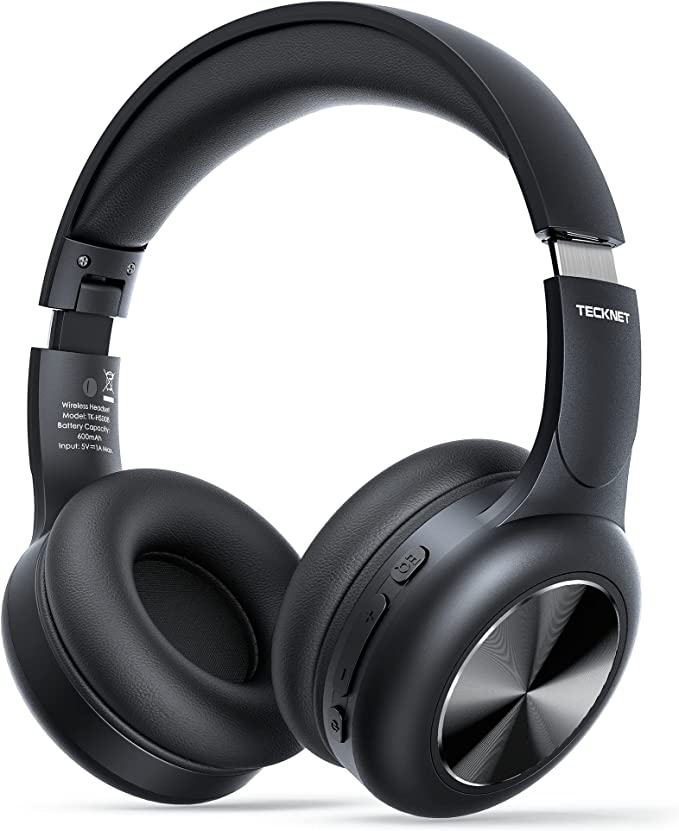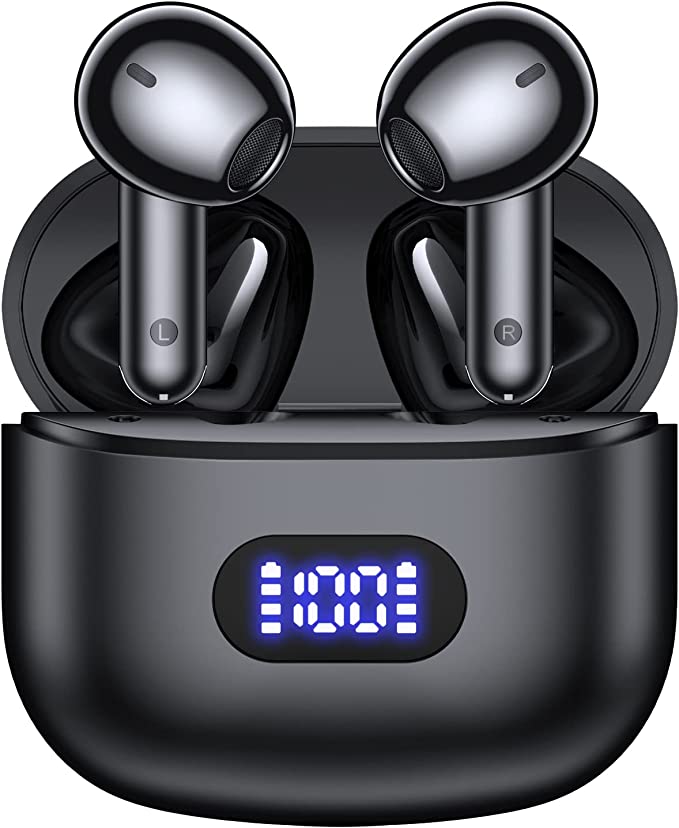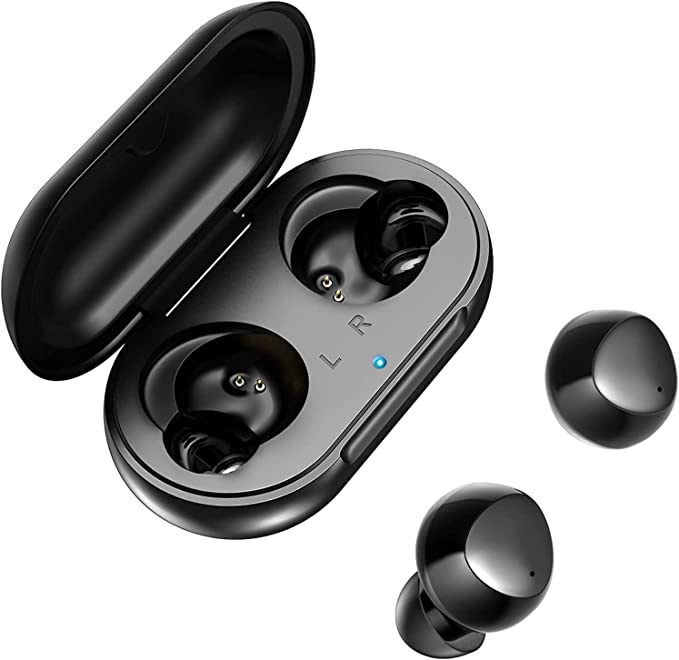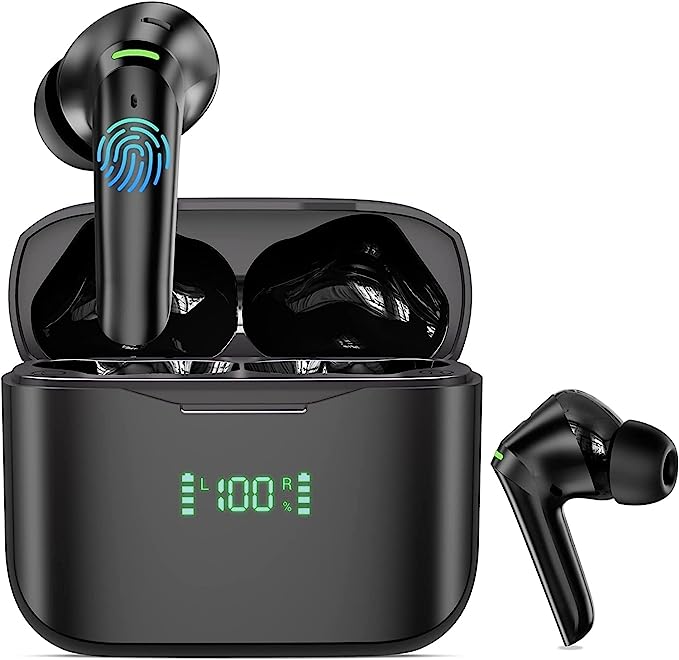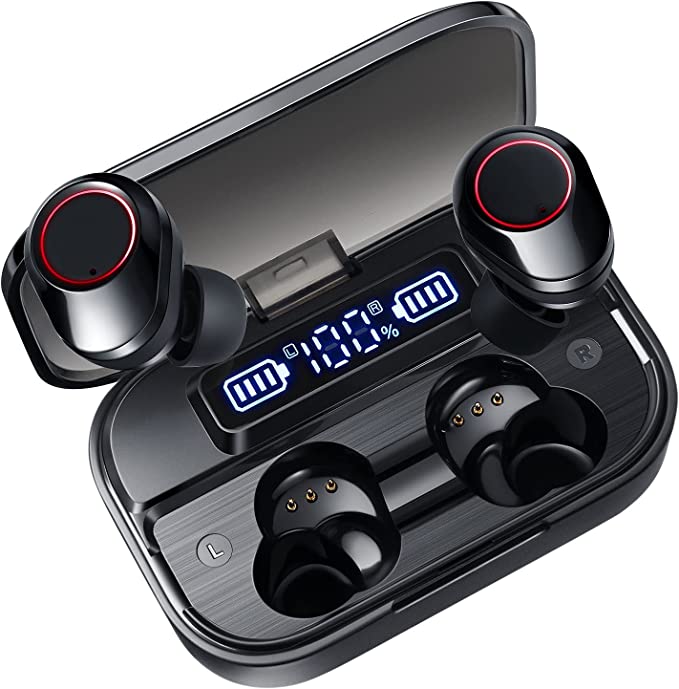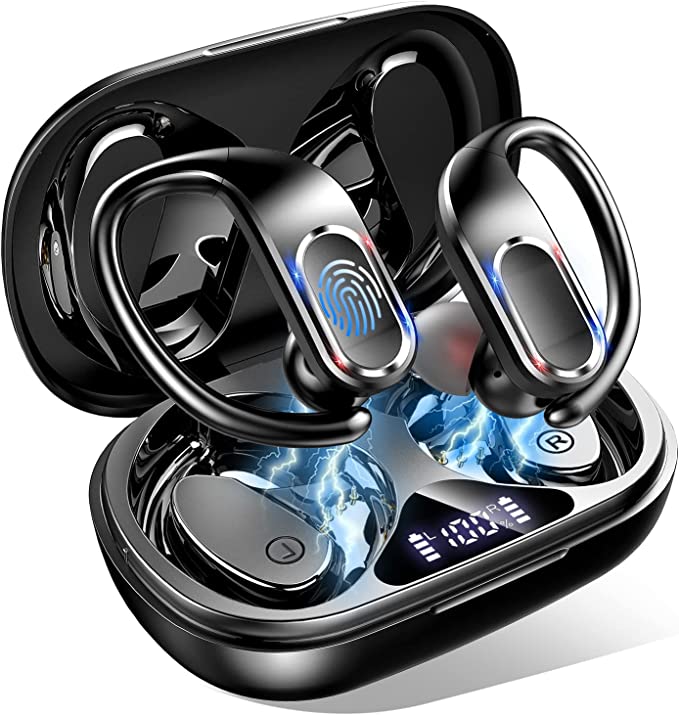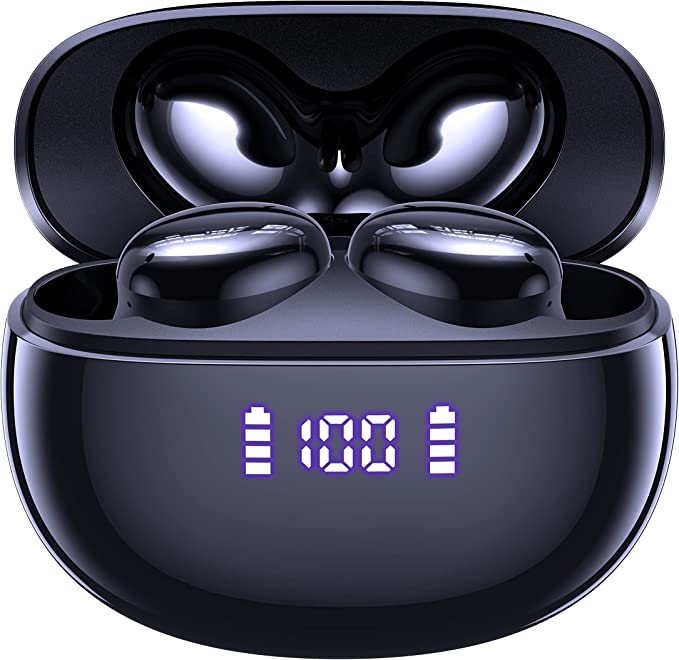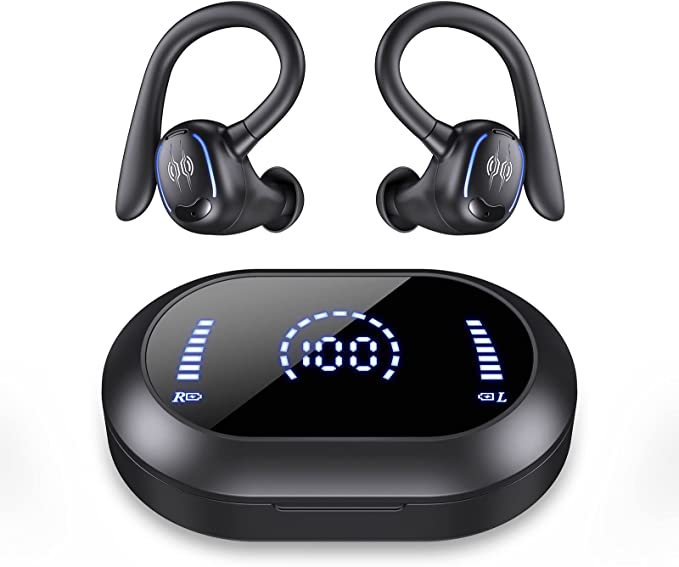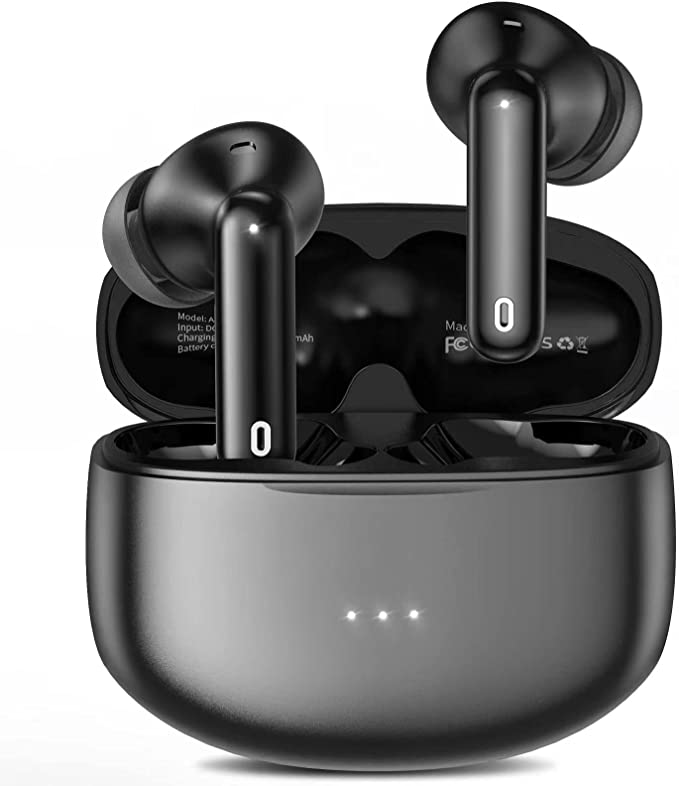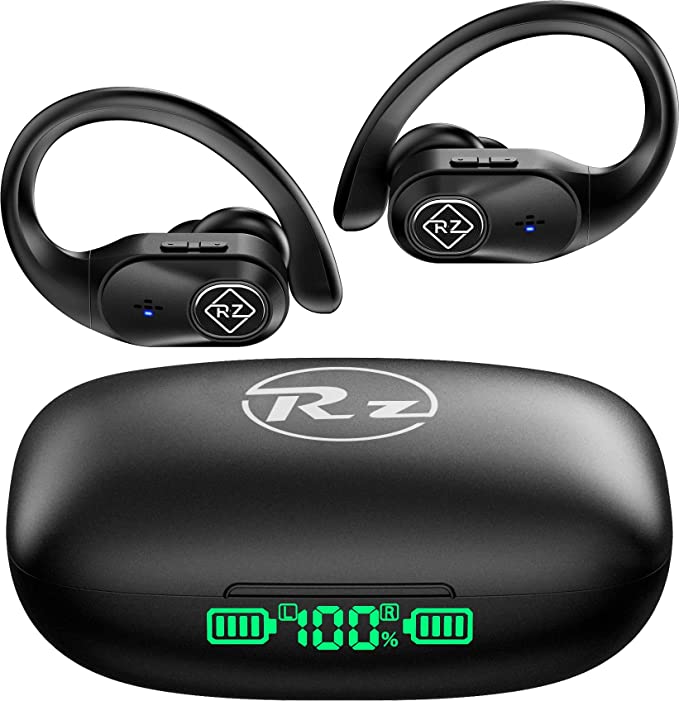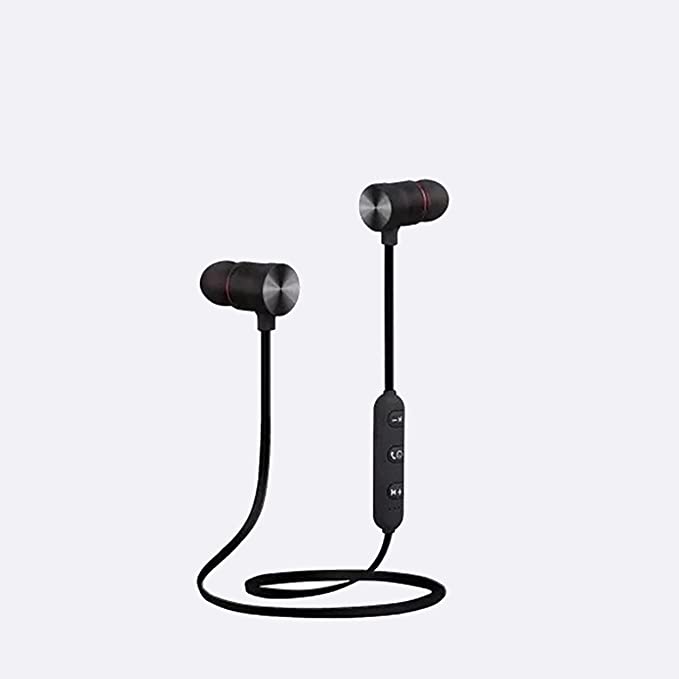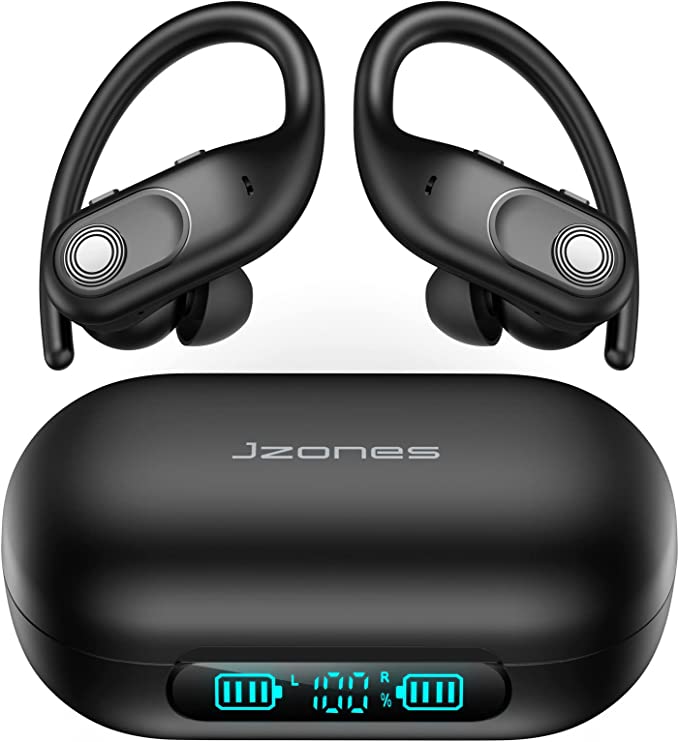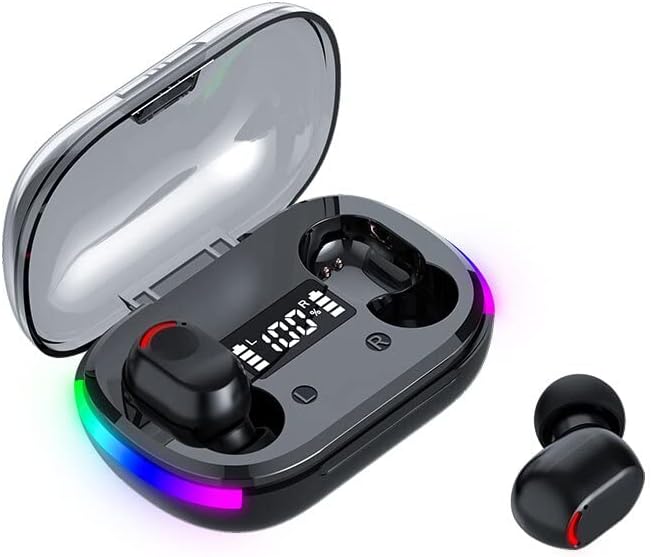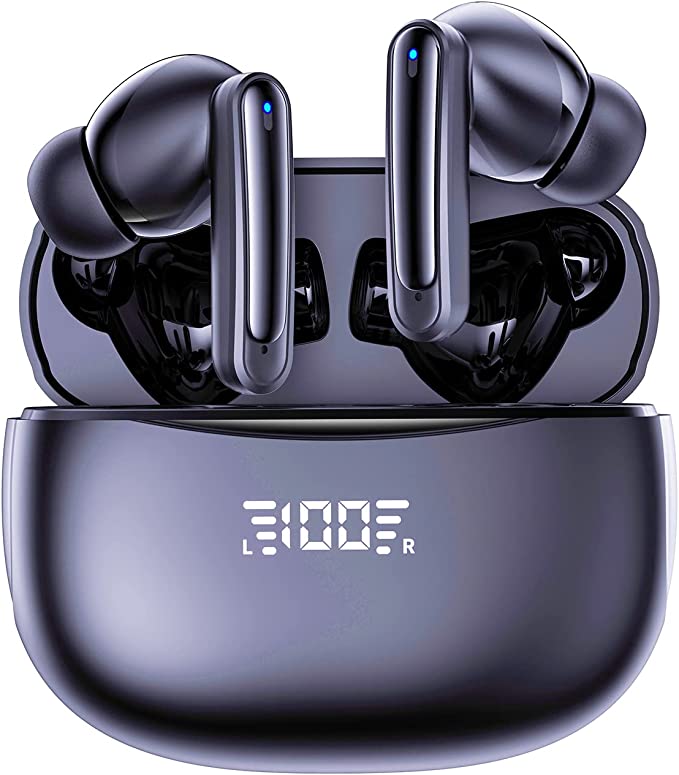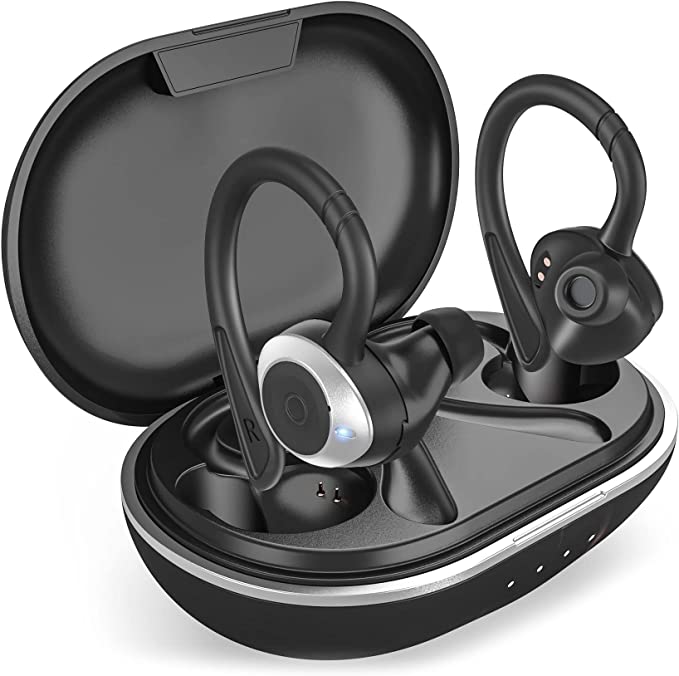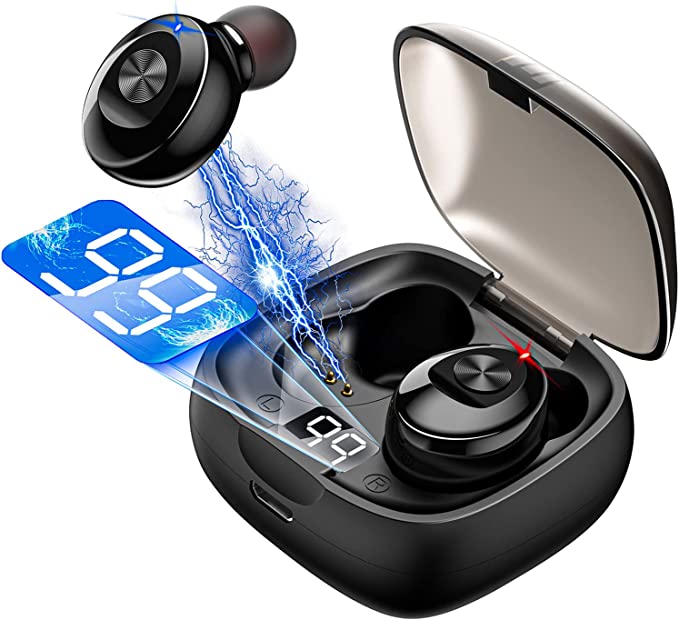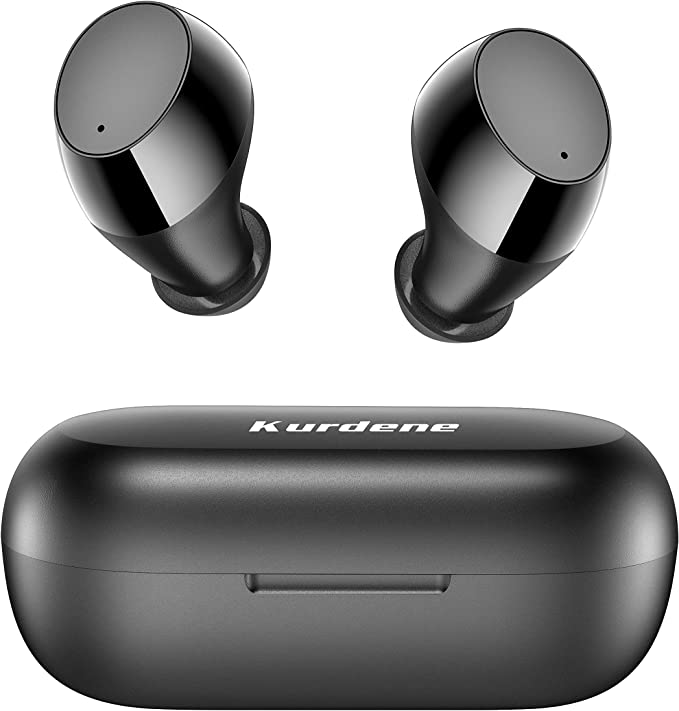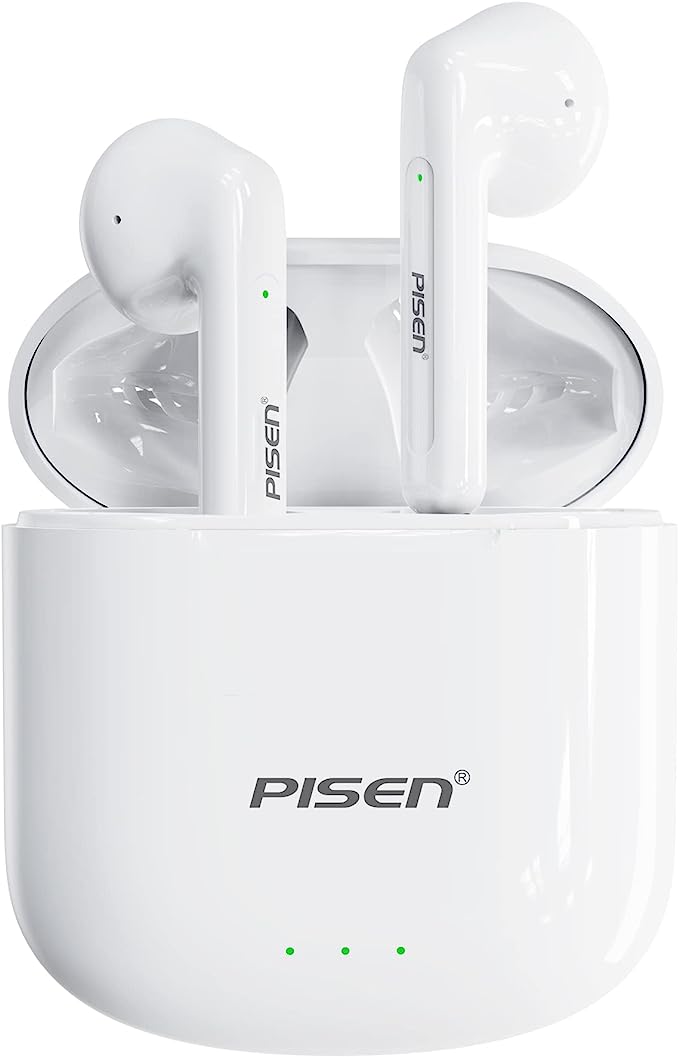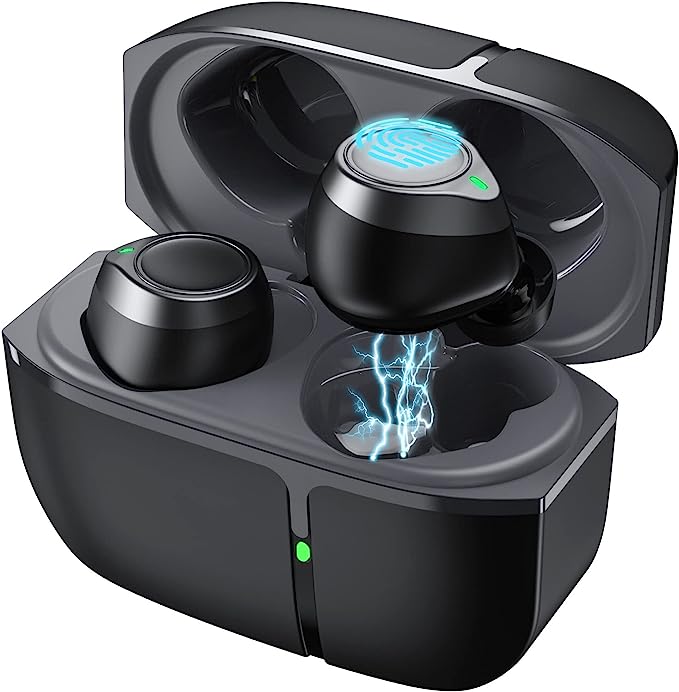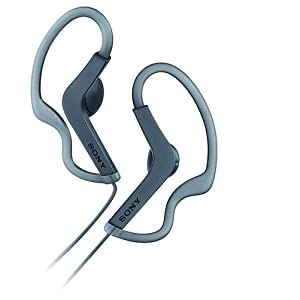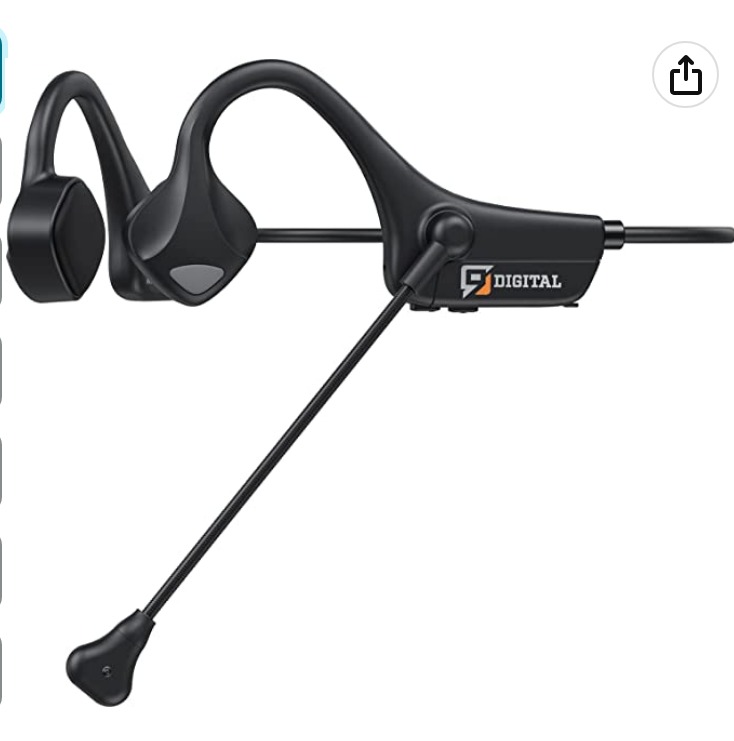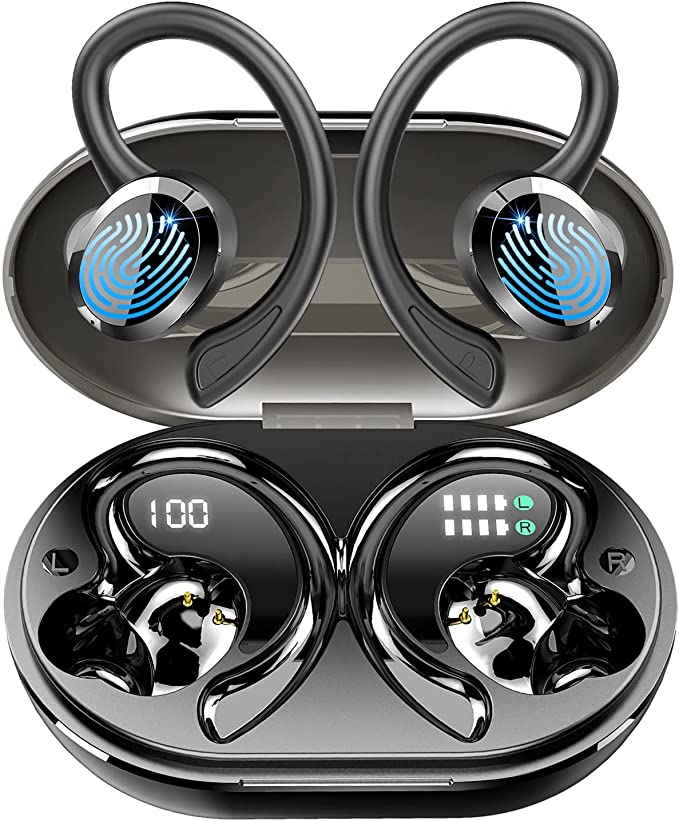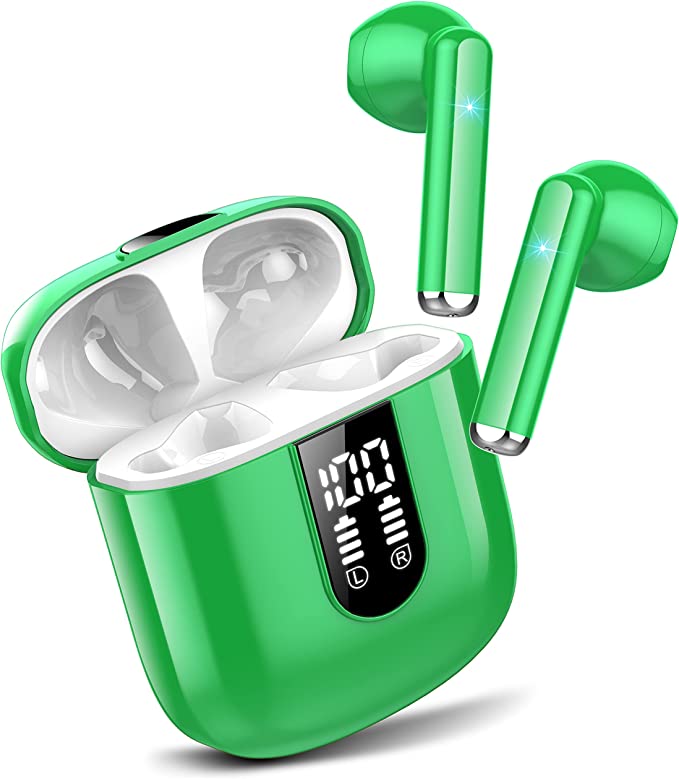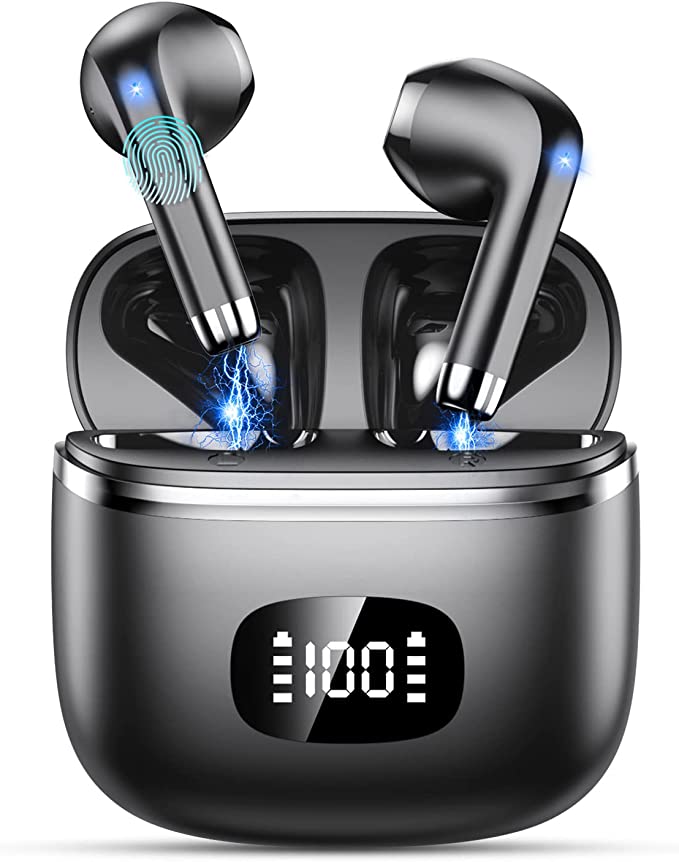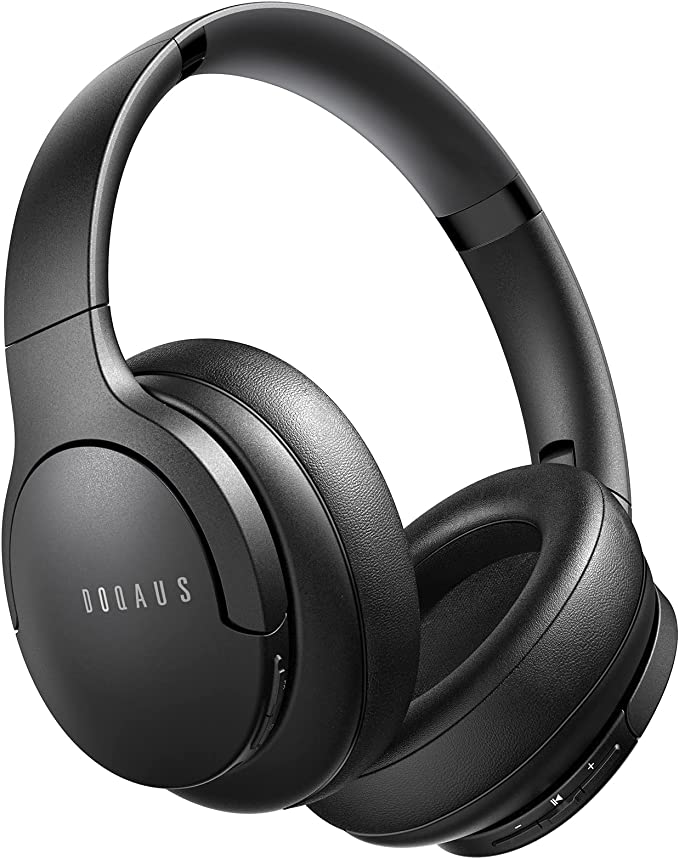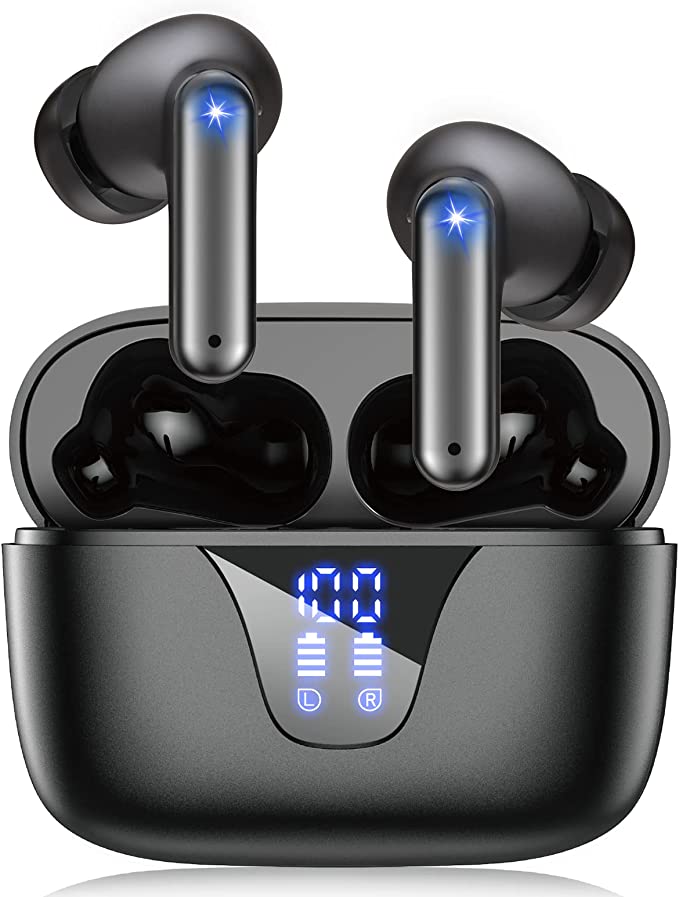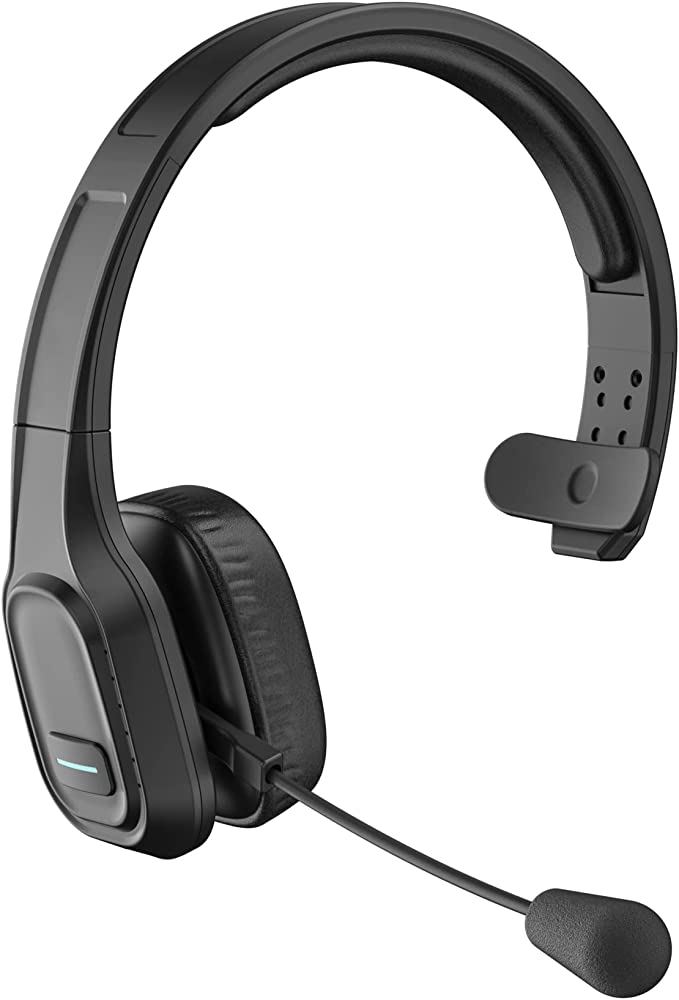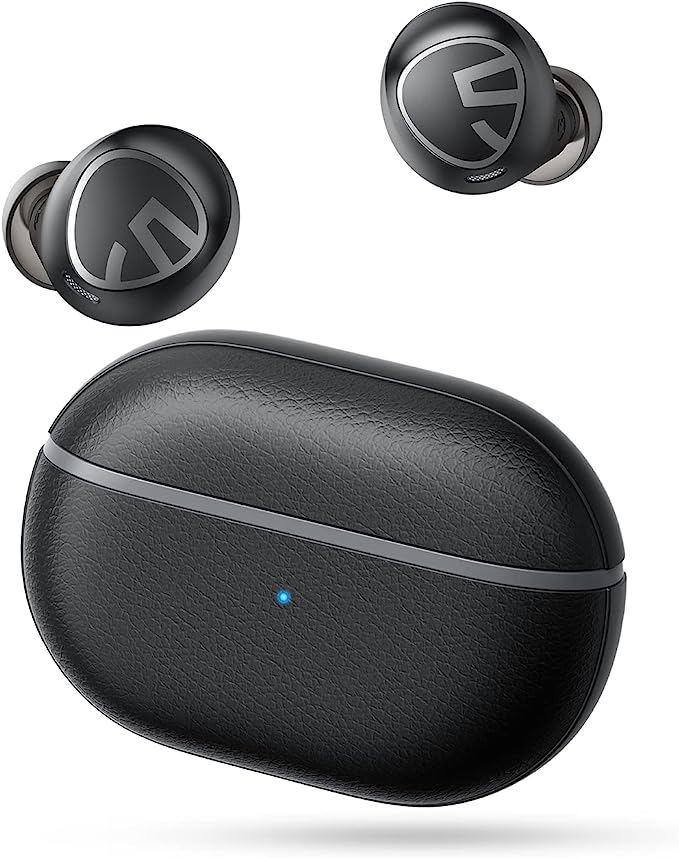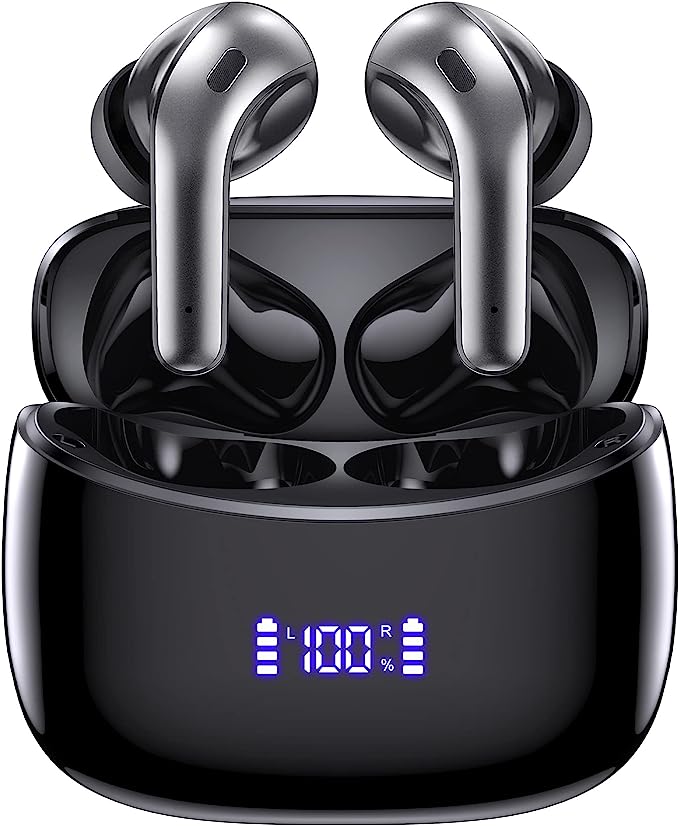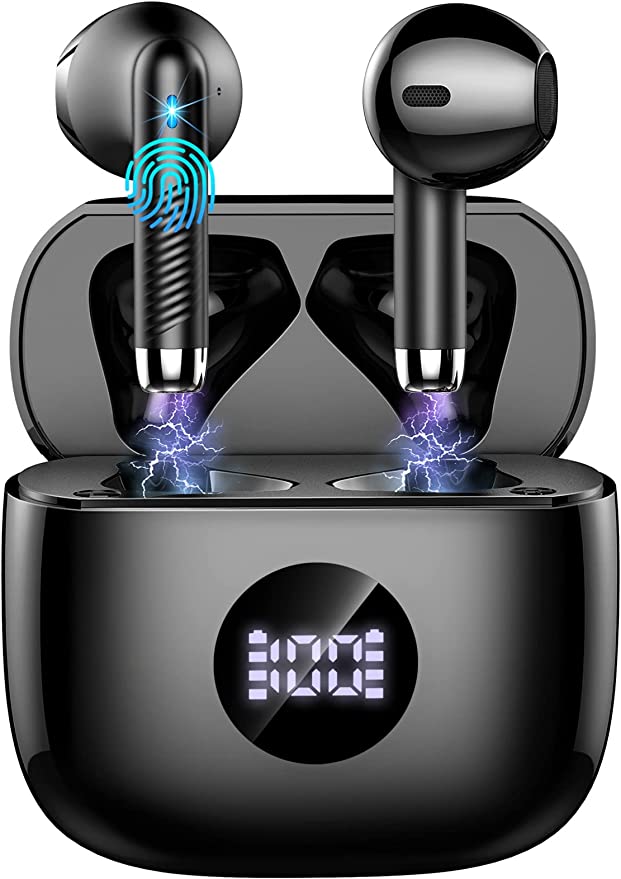Ddidbi IT100 PLUS Wireless Earbuds: True Value Budget Earbuds with Impressive Performance
Update on Sept. 8, 2025, 4:27 p.m.
There is a unique, quiet magic in holding a piece of modern, inexpensive technology. Turn it over in your hand. It’s a few grams of molded plastic, impossibly light. There are no visible moving parts. Yet, contained within this unassuming shell is a century of condensed physics, materials science, and radio engineering. It is, by any historical measure, a miracle.
As our specimen for today, we have something like the Ddidbi IT100 PLUS wireless earbuds. You’ve likely never heard of the brand, and that’s the point. This isn’t a review or a recommendation. Instead, we’re going to treat this object not as a product, but as an artifact—a perfect illustration of the brutal, elegant, and fascinating compromises that allow us to pocket a piece of the future for the price of lunch.
Let’s put it under the microscope.

A Century of Sound in a 13-Millimeter World
The first thing we must understand is that sound is a physical act. It is violence. A disturbance in the air, a wave of pressure that travels from a source to our eardrums. To create it, you must move air. In 1925, two engineers at Bell Labs, C.W. Rice and E.W. Kellogg, patented the modern dynamic loudspeaker. Their design was beautifully simple: use an electric current to create a magnetic field, which pushes and pulls on a coil attached to a cone. As the cone vibrates, it moves the air. It was a revolution.
Nearly one hundred years later, that exact principle is at work inside our specimen. The “13mm speakers” it boasts are miniature descendants of Rice and Kellogg’s invention. Within each earbud, a 13-millimeter diaphragm—a tiny, vibrating disc—is tasked with recreating an entire symphony or the nuanced texture of a human voice. The size is a deliberate choice. In acoustics, all else being equal, a larger surface can move air more efficiently at lower frequencies. This gives it the potential for the deep, resonant bass that modern music demands.
But potential is not performance. The product’s marketing mentions a “triple-layer composite diaphragm.” This sounds like marketing jargon, but it hints at a deep problem in materials science. The ideal diaphragm must be impossibly rigid to reproduce high-frequency sounds without distorting, yet light enough to move instantaneously. It must also have internal damping to stop vibrating the moment the signal does. No single material is perfect. So, engineers become alchemists, bonding layers of different polymers—perhaps a stiff PET with a flexible PU—in a microscopic sandwich, chasing a balance of properties.
And here, we find our first beautiful contradiction. One user describes the sound as having “powerful bass,” even “far better than my AirPods.” Another, more discerning listener, calls the bass “muddy and not defined,” measuring a frequency range that clips off the highest trebles. How can both be true?
This is the engineering reality known as “tuning,” governed by what is sometimes called Hofmann’s Iron Law of acoustics: you can have deep bass, a small enclosure, or high efficiency. Pick two. To coax powerful bass from a tiny, sealed earbud, sacrifices must be made elsewhere. The “muddy” quality one user hears might be the inevitable trade-off for the “powerful” impact another user loves. It isn’t a defect; it’s a decision, etched into the product by the constraints of cost and physics.

The Invisible Tether We Call Bluetooth
For decades, our sound was bound by a copper wire. The next miracle in our specimen is its freedom. This is courtesy of Bluetooth, a technology so ubiquitous it has become mundane. But its journey is extraordinary. Born at Ericsson in the 1990s, it was a modest proposal to replace the tangled mess of cables connecting our devices. Its name, a tribute to a 10th-century Viking king who united warring tribes, perfectly captures its mission: to unite disparate devices under one standard.

Our specimen uses Bluetooth 5.3. The number isn’t just a marketing ploy; it represents decades of refinement. Early Bluetooth was a power-hungry, unreliable mess. Modern iterations are masters of efficiency. The most significant leap came with Bluetooth 5.2, which introduced the LE Audio standard and its LC3 codec. In simple terms, this was a breakthrough in compression. The LC3 algorithm could deliver audio quality comparable to the old SBC codec while using significantly less data, and therefore, less power.

This is precisely how a product like the IT100 PLUS can claim up to 40 hours of playtime from its case. The tiny lithium-ion cells inside are not revolutionary, but the system’s demand on them has been drastically reduced. The achievement is not just in the battery, but in the silent, invisible work of the standard itself. Every time an engineer at the Bluetooth Special Interest Group (SIG) refines the protocol to save a few milliwatts, they extend the life of billions of devices around the world. The stable, instant pairing and long battery life that users praise are the direct inheritance of this quiet, collaborative, and relentless engineering effort.

The Algorithm That Fights for Your Voice
Perhaps the most misunderstood feature listed is the “ENC HD Mic.” In the modern earbud market, we are inundated with the term “Noise Cancellation.” Most of us associate this with Active Noise Cancellation (ANC), a technology that uses microphones to listen to the outside world and creates an “anti-noise” wave to cancel it out, immersing the listener in silence.
This is not what ENC does.
Environmental Noise Cancellation is an outward-facing battle. It’s not for you; it’s for the person on the other end of your phone call. It uses one or more microphones to create a “beam” of listening, focusing on your mouth while trying to algorithmically identify and erase everything else—the café chatter, the traffic, the wind. It is a feat of computational audio, where software is infinitely more important than the hardware it runs on.

And once again, the user reviews paint a perfect picture of this software-defined reality. One user is thrilled: “phone calls are super clear.” Another is frustrated: “every single person complained… they couldn’t hear me properly.”
Why the disparity? Because algorithms are not magic. An algorithm trained to eliminate the steady hum of an air conditioner may be completely fooled by the sudden bark of a dog. The quality of the ENC depends entirely on the sophistication of its signal processing, its ability to distinguish a human voice from the chaotic noise of the real world. In a budget device, the processing power and the R\&D invested in these algorithms are finite. The contradictory reviews don’t mean the feature is broken. They mean it works, but only within the narrow set of conditions its engineers could afford to solve for.

The Beauty of “Good Enough”
After our brief dissection, we are left with a deeper appreciation for this small, plastic object. The Ddidbi IT100 PLUS is not a perfect product. Its audio is tuned for impact, not accuracy. Its microphone clarity is conditional. Its very existence is a tapestry of compromises.
And that is what makes it a miracle.
The true marvel of modern technology is not the flawless, expensive flagship that sits at the pinnacle of performance. It is the cheap, accessible device that is “good enough.” It represents the democratization of a century of progress. The physics of sound, the alchemy of materials, and the relentless march of wireless standards, all distilled into a form that is, for most people, indistinguishable from magic.

These earbuds are a testament to the anonymous engineers who fight for every cent in a bill of materials, who wrestle with the unyielding laws of physics, and who build the quiet, invisible infrastructure of our connected world. They are not perfect, but they are possible. And in today’s world, that is a remarkable achievement.
